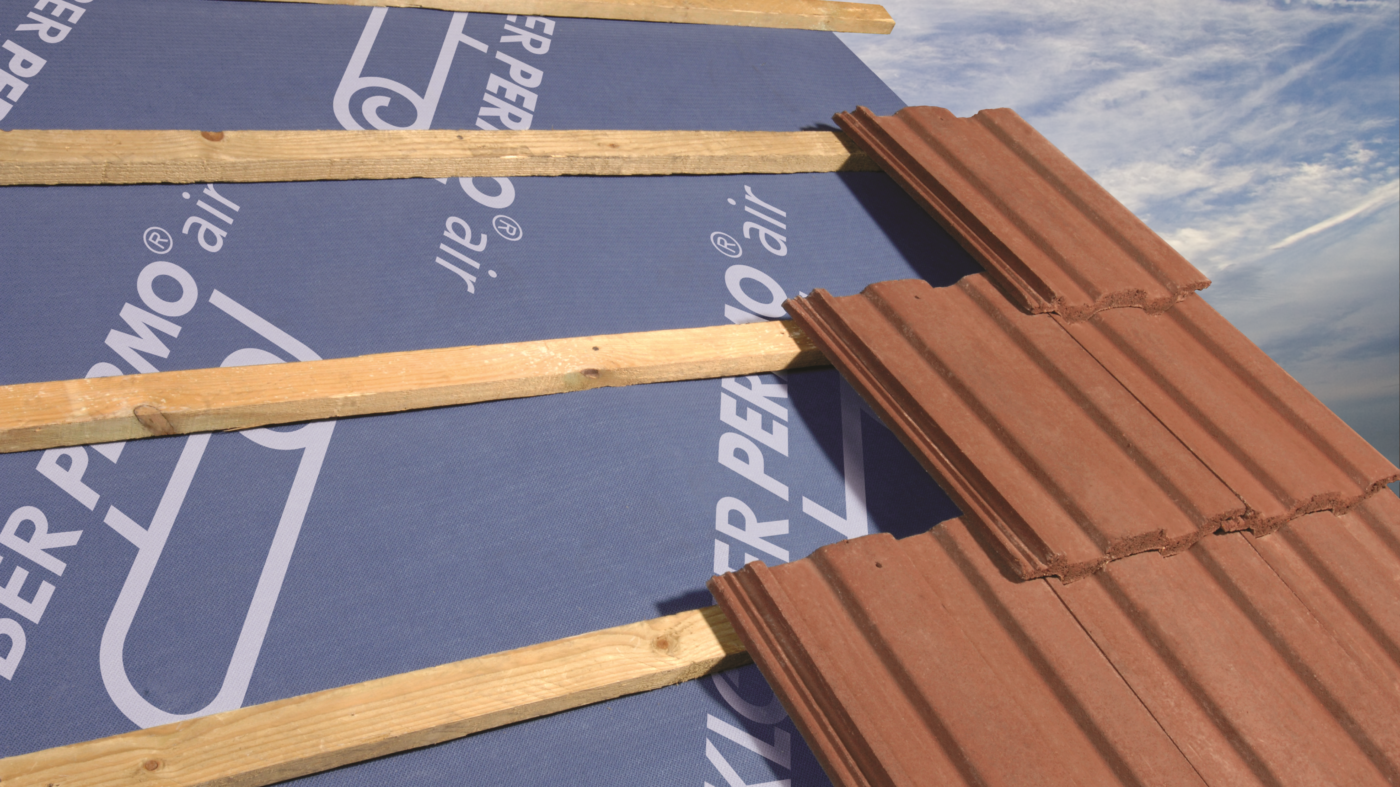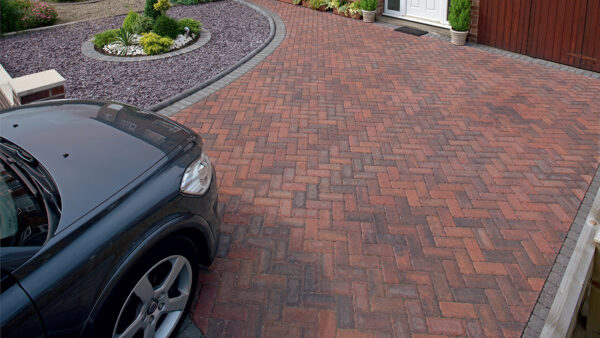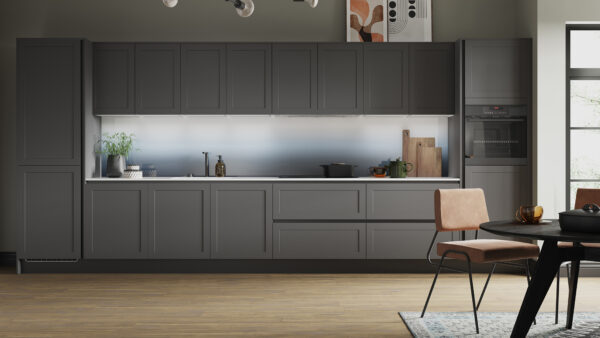As we move into the colder months, condensation in homes will lead to damp, mold and serious issues for properties around the country. When condensation gets into a roof, it’s especially worrying as it can cause structural damage quickly, while remaining unseen to the homeowner.
To protect your customers against unnecessary repair work, it’s important you install products designed to minimise condensation in roofs from the outset. We caught up with the expert team at Klober, to find out more.
What’s the problem?
As customers crank up their heating for winter, the much colder outdoor air clashes with warmer roofs, generating more condensation inside properties. Meanwhile, as the majority of homeowners look to invest in more energy efficient insulation, this can also reduce airflow and make it harder for properties to breathe. Unfortunately, the occurrence of unwanted condensation in roofs is becoming more common.
Which products to use?
Ensuring proper ventilation is key to eliminating roof condensation, so Klober recommend opting for an air permeable roof underlay. These types of underlay are known to be effective in reducing condensation as the membrane allows moisture to travel through easier.
Klober’s Permo Air is the perfect product if you’re looking to install this type of underlay in your customer’s home. It’s both air and vapour permeable, and is suitable for pitched roofs. As well as helping prevent roof condensation, this product is also BBA and NHBC approved, meaning that you don’t need to install high level ventilation – saving you and your customers both time and money!
The product can also be used on all types of properties no matter the location. It can withstand wind zones (1-3) with a battened headlap, and can even the strongest wind zones with a taped headlap. So, no matter how windy it is where your customers live, this product is safe to use.
How to install?
The installation process is pretty much the same as any other roof underlay, but here are some tips to help you on your way:
- Install in line with the BBA approved certificate and the terms laid down in BS5534
- Unsupported underlay should provide a drape between the rafters which is sufficient enough to ensure that water will run away from the batten fixing nail penetrations, allowing draining to the eaves gutter
- Contact between the membrane and roof covering should be avoided during installation
- It should be laid with a maximum drape of 15mm
It’s always a good idea to think about how you can make sure your customers’ homes are prepped for the colder months. If you’re working on a roofing job, and looking for more tips and guidance, head over to the Jewson and Klober websites.





